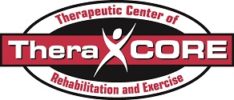By Amy Goebbert, PT, DPT
After you have the mobility needed to move through the range of motion without pain or restrictions, the next step to any athletic movement is to build stability of the core/ trunk muscles. If you have a weak middle, you can never get the legs moving as fast as you want, jump as high as needed, or throw harder without injury. Core stabilization exercises should always come before any strength training of the legs and arms. If you do not have a solid trunk, how strong can the branches really get?
Remember “the core” is not just the 6-pack of abs! There are the other core muscles, such as obliques and transverse abdominus, glutes, back extensors, hip flexors, etc…
Here are a few core exercises to start practice. We start in the easiest, most supported position - lying on the ground. (I will progress these up to kneeling and then standing in the next few workouts). Use these exercises to prepare your athletes for throwing, running, jumping, etc... Again, the quality of the movement is more important than the quantity. Try to do these in slow reps or with longer holds, maybe you only achieve 8-10 good reps.
These can be considered as part of your warm-up or “movement prep” exercises before you start a workout or practice. Athletes can start working on these now at home.
HOLLOW HOLD
Lie on your back, lift your head and shoulder blades off the ground, hold these various positions for as long as you can! (arms low or high, legs bent or straight)
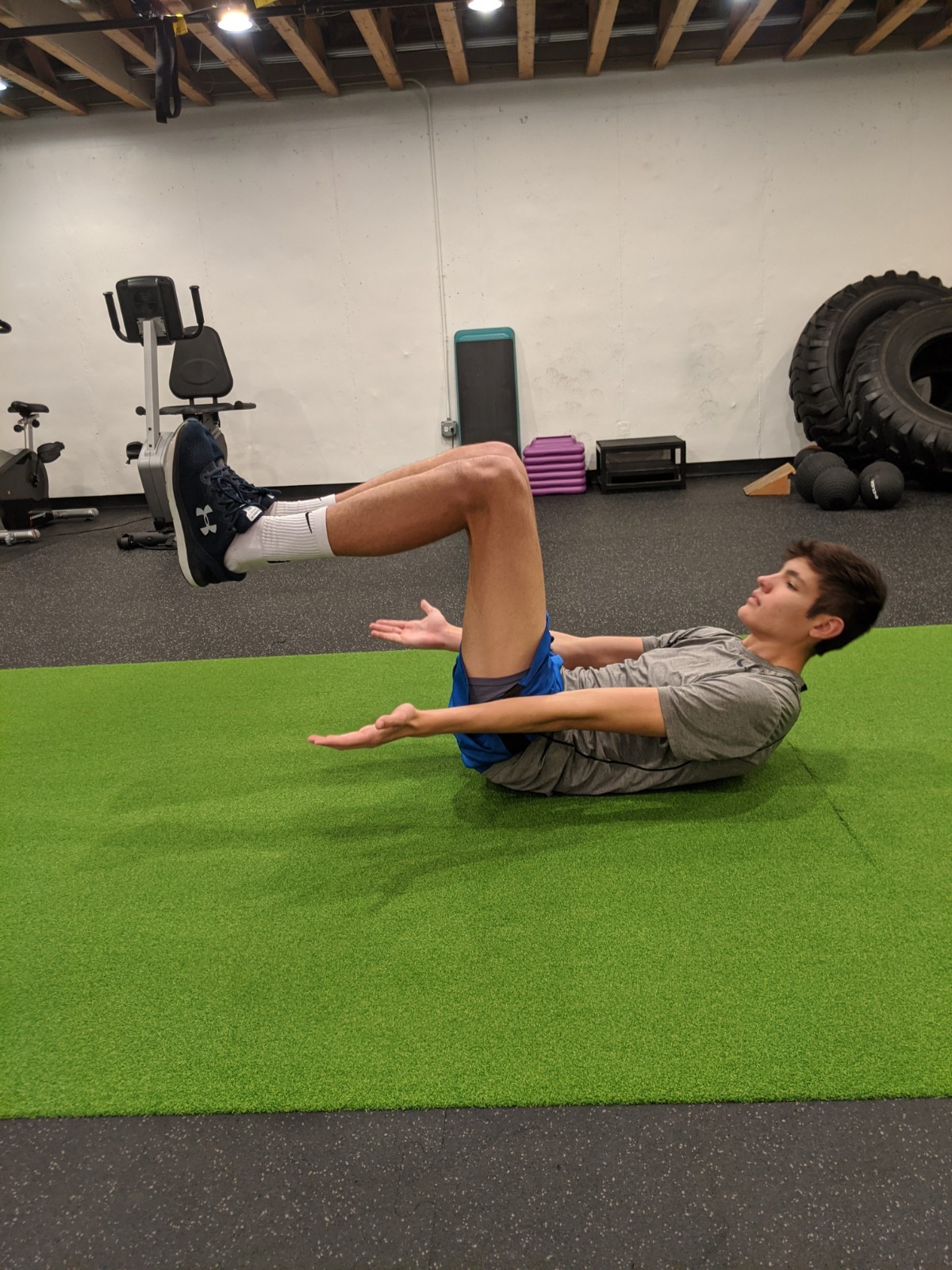
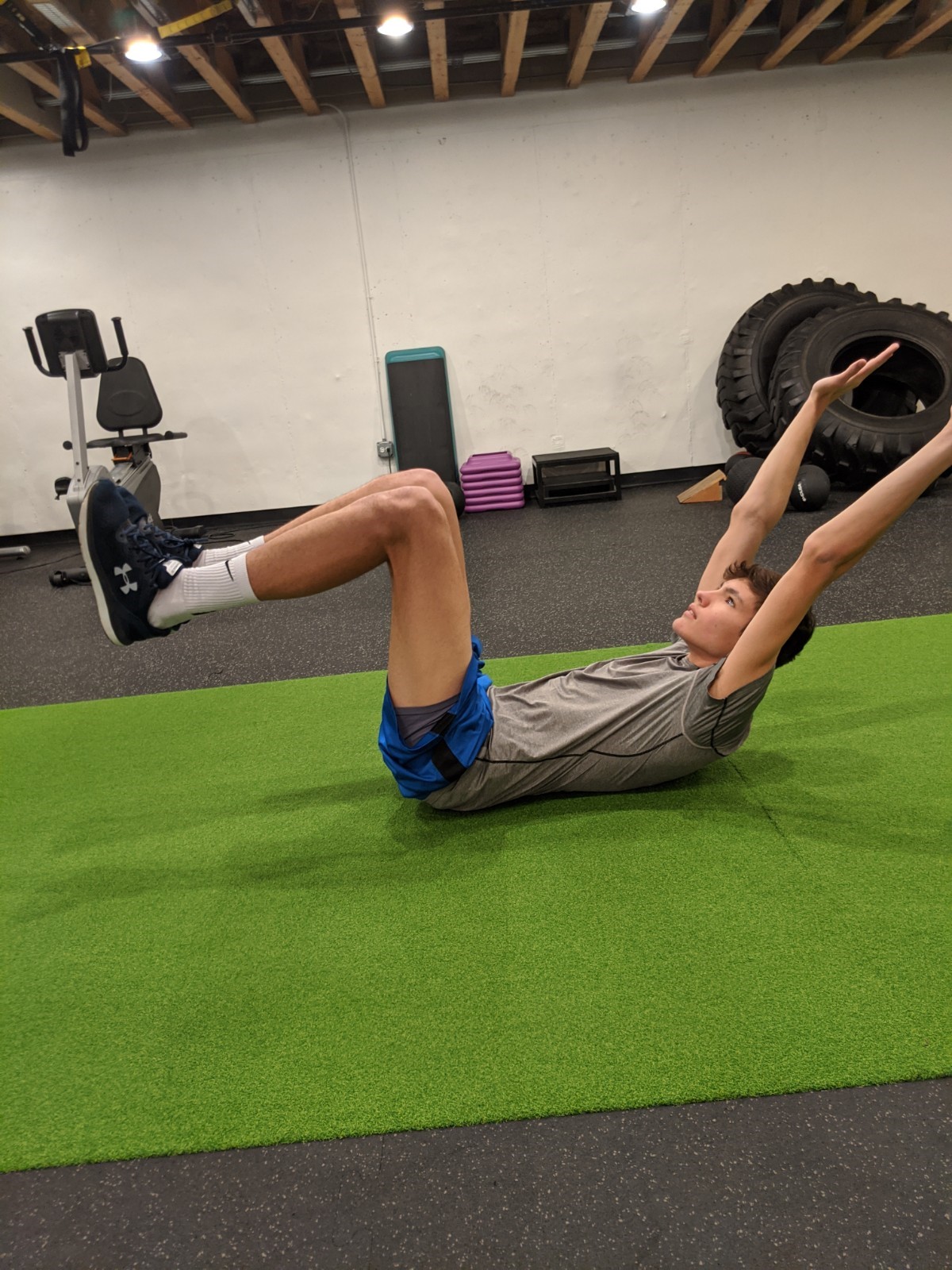
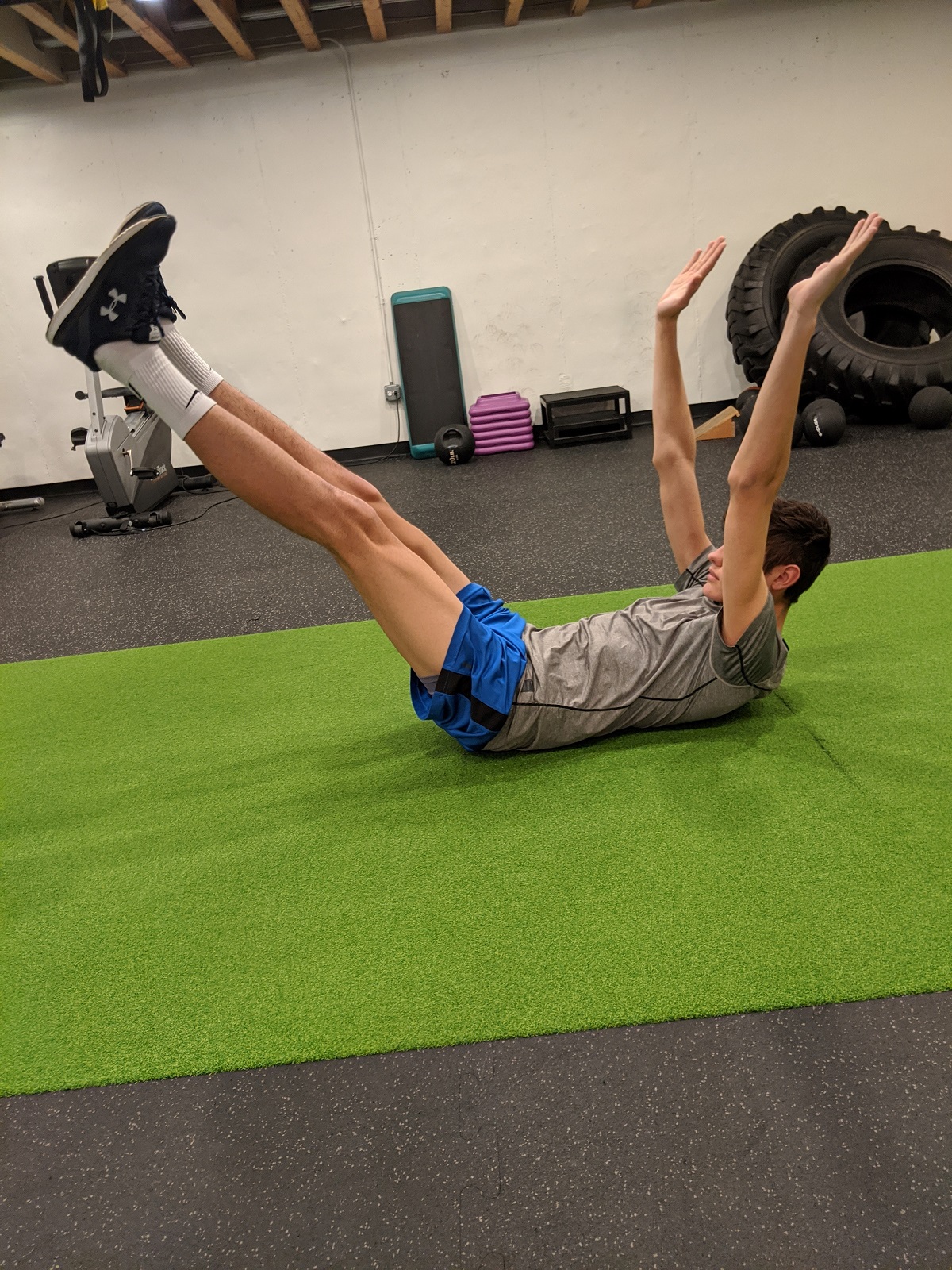
DEAD BUG
Hold lower abdominals tight (pelvic tilt), pressing lower back down (do not let low back arch up), then straighten opposite arm and leg, hold for a few seconds and then switch sides. Continue alternating sides until fatigued.
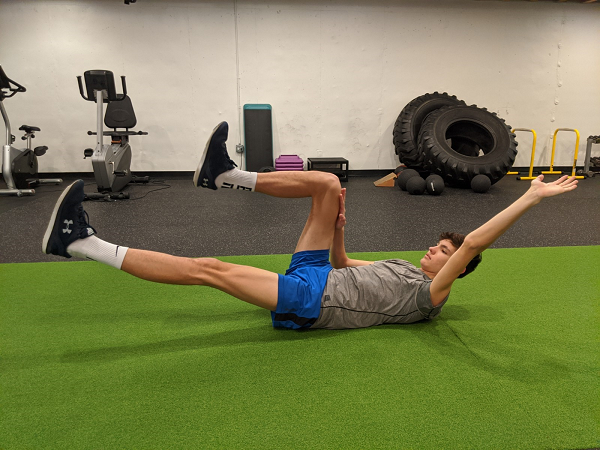
SINGLE LEG BRIDGES
Cross one leg over the other (figure 4) and lift hips up and hold. Do on both legs.
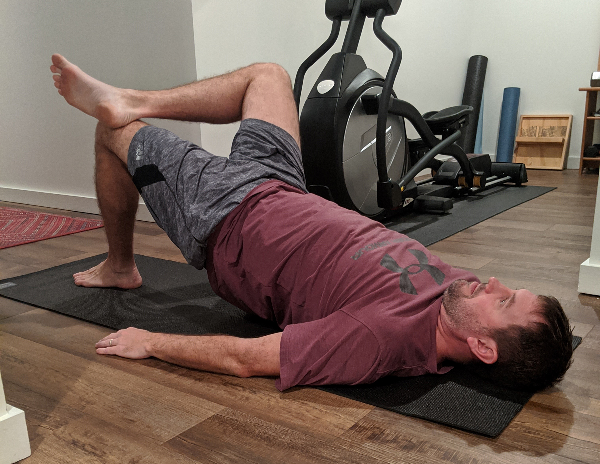
SUPERMANS
Lie on your belly, lift head by tucking chin, then raise opposite arm and leg. Hold for a few seconds, then switch sides. Continue alternating sides until fatigued.
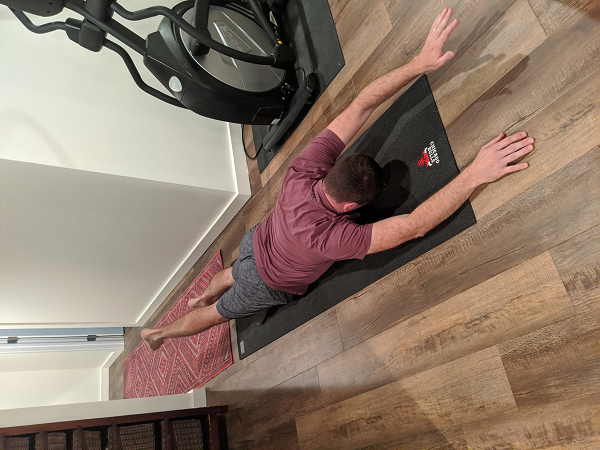
It is always better to have movement analyzed by a professional. We teach movement day in and day out and know the proper form and progression. If you have any concerns/questions, please reach out!
